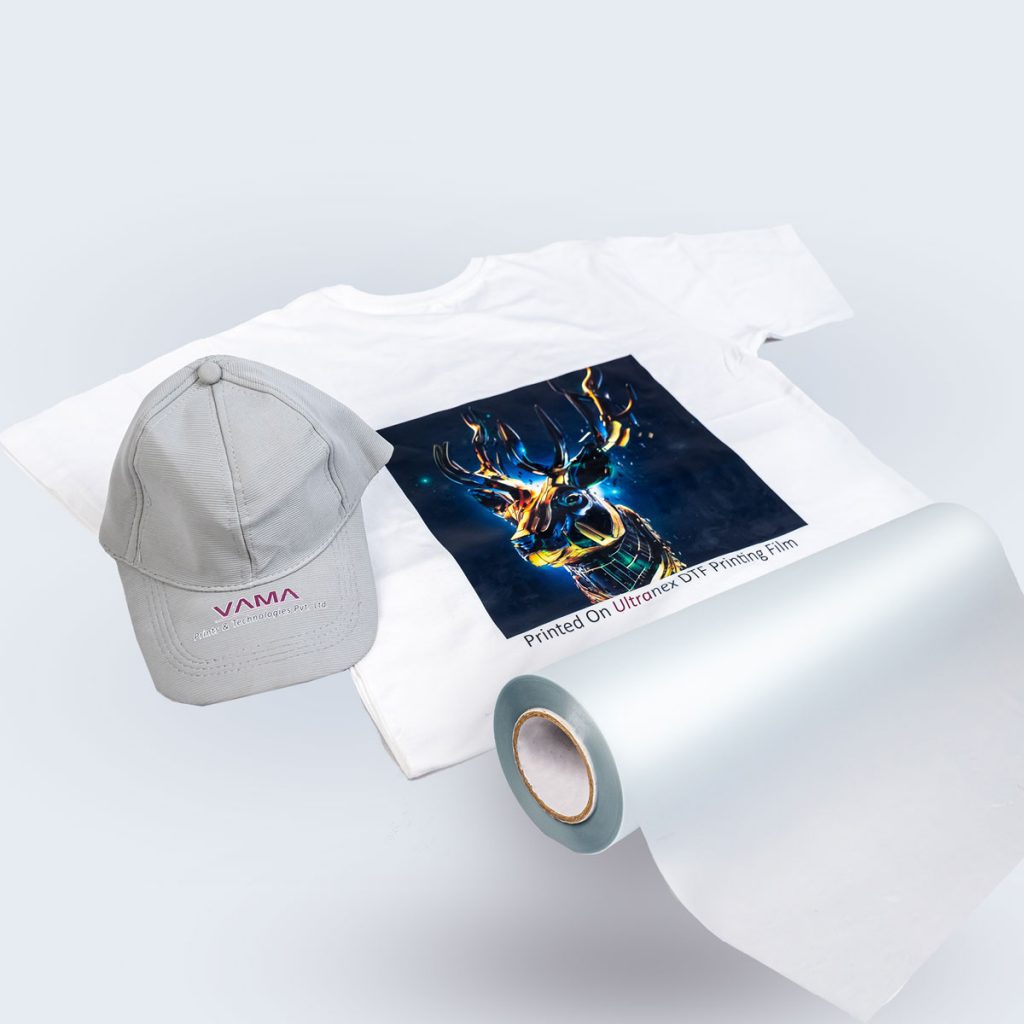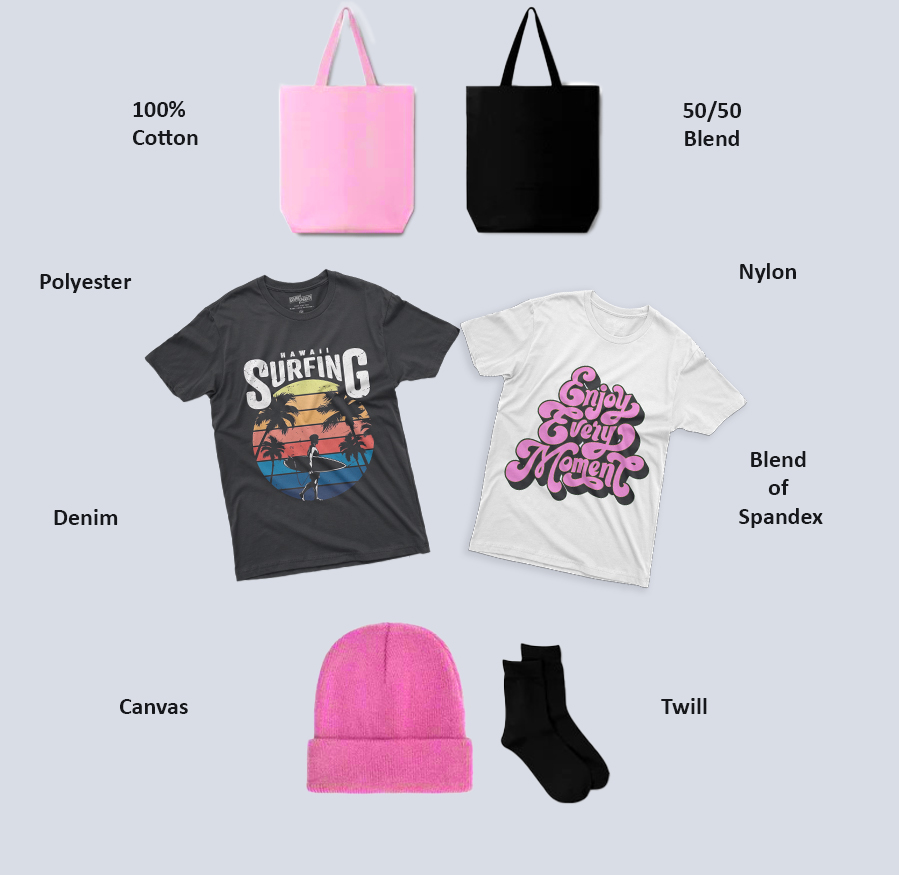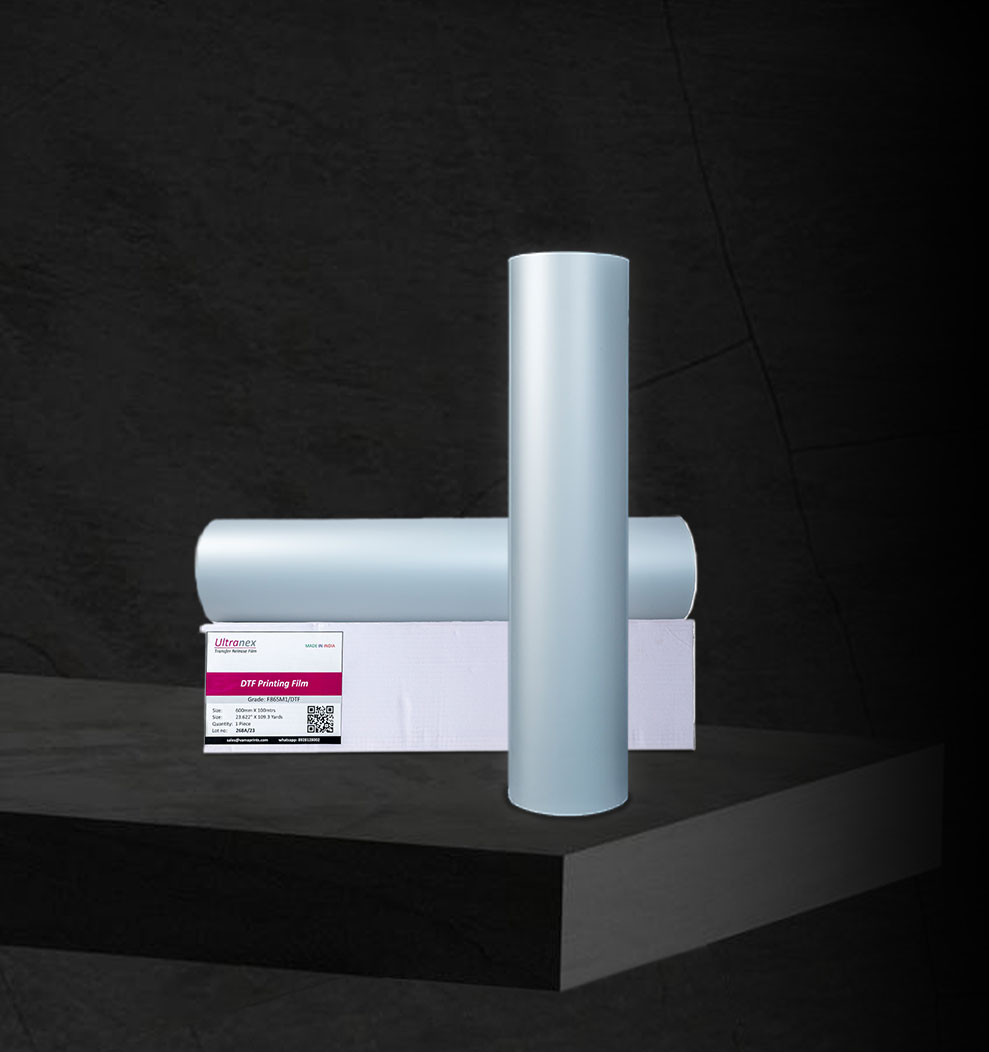- +17144000627
- dtf@eximeng.com
- Exim Engineering. 2200 E Winston Road, Anaheim, CA 92806
We are pioneers of Innovative DTF Films in India
Eco-friendly water-based coating technology
We are pioneers of Innovative DTF Films in India
Eco-friendly water-based coating technology
We are pioneers of Innovative DTF Films in India
Eco-friendly water-based coating technology
We are pioneers of Innovative DTF Films in India
Eco-friendly water-based coating technology
We are pioneers of Innovative DTF Films in India
Eco-friendly water-based coating technology
We are pioneers of Innovative DTF Films in India
Eco-friendly water-based coating technology
We are pioneers of Innovative DTF Films in India
Eco-friendly water-based coating technology
We are pioneers of Innovative DTF Films in India
Eco-friendly water-based coating technology
We are pioneers of Innovative DTF Films in India
Eco-friendly water-based coating technology
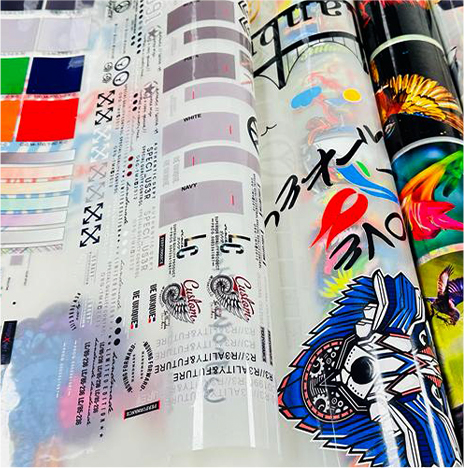
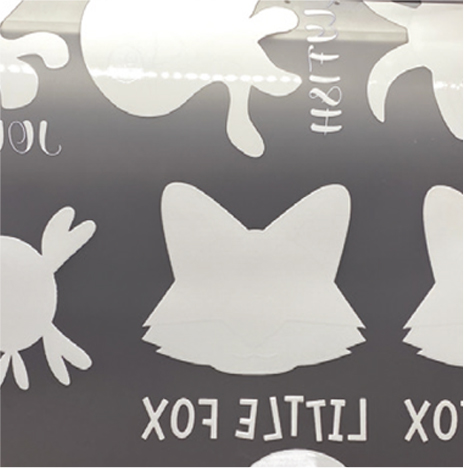
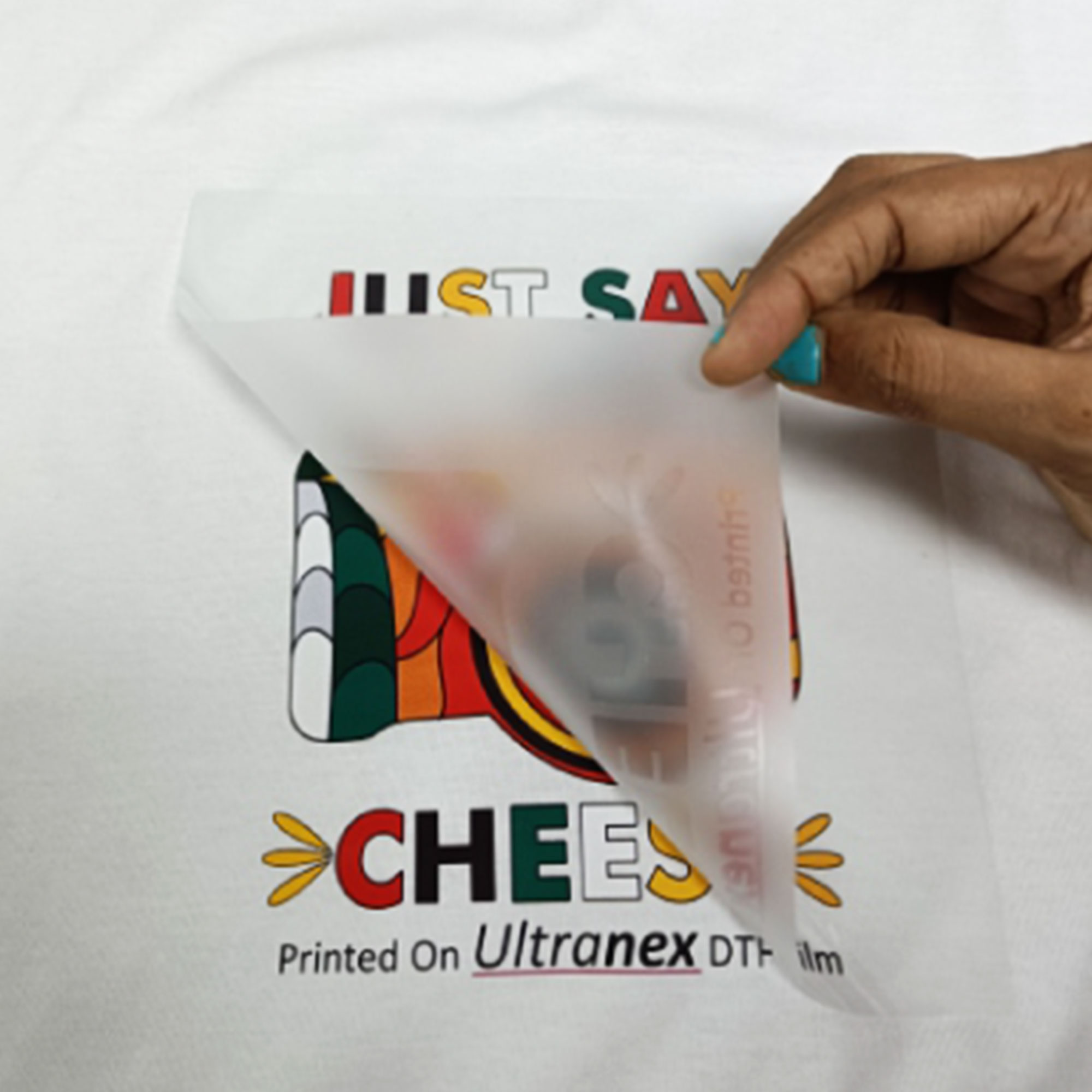

 Heat Press Machine: Essential!
Heat Press Machine: Essential! Set at 275-300ºF, apply high pressure
Set at 275-300ºF, apply high pressure Press for 7-10 seconds
Press for 7-10 seconds Let it cool for 10-15 seconds
Let it cool for 10-15 seconds Peel off when it’s pleasantly lukewarm
Peel off when it’s pleasantly lukewarm For durability & a matte finish, a second press with kraft paper is your secret sauce!
For durability & a matte finish, a second press with kraft paper is your secret sauce!